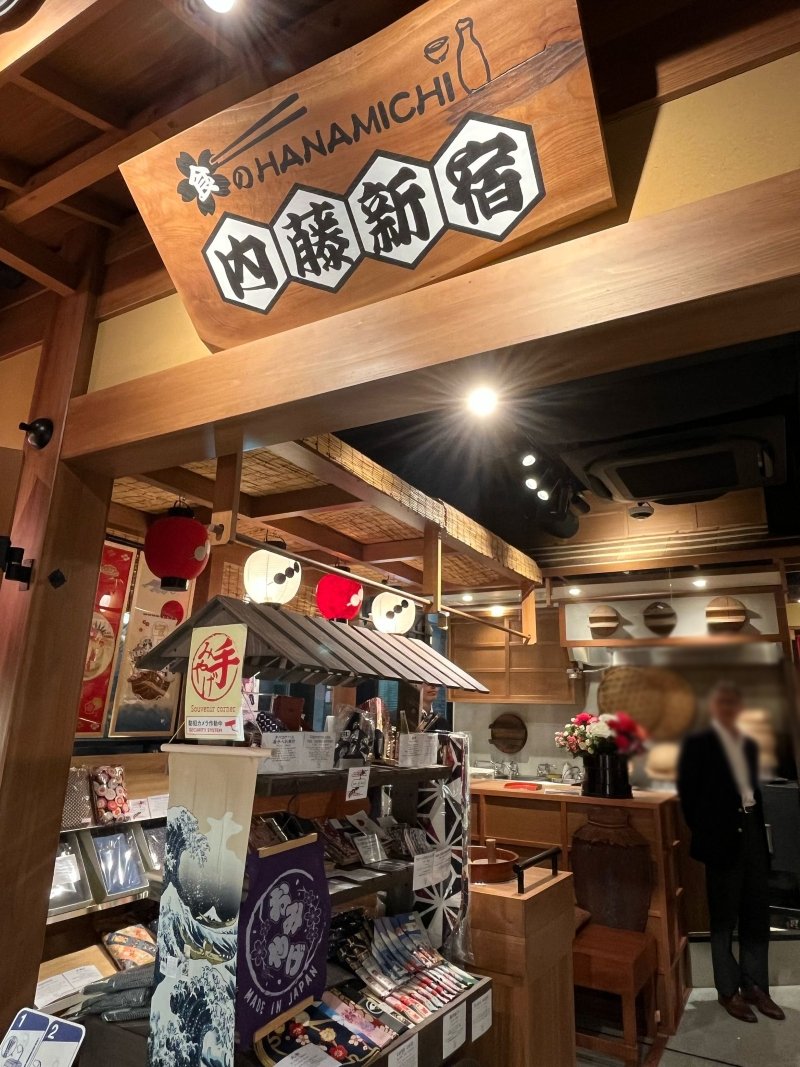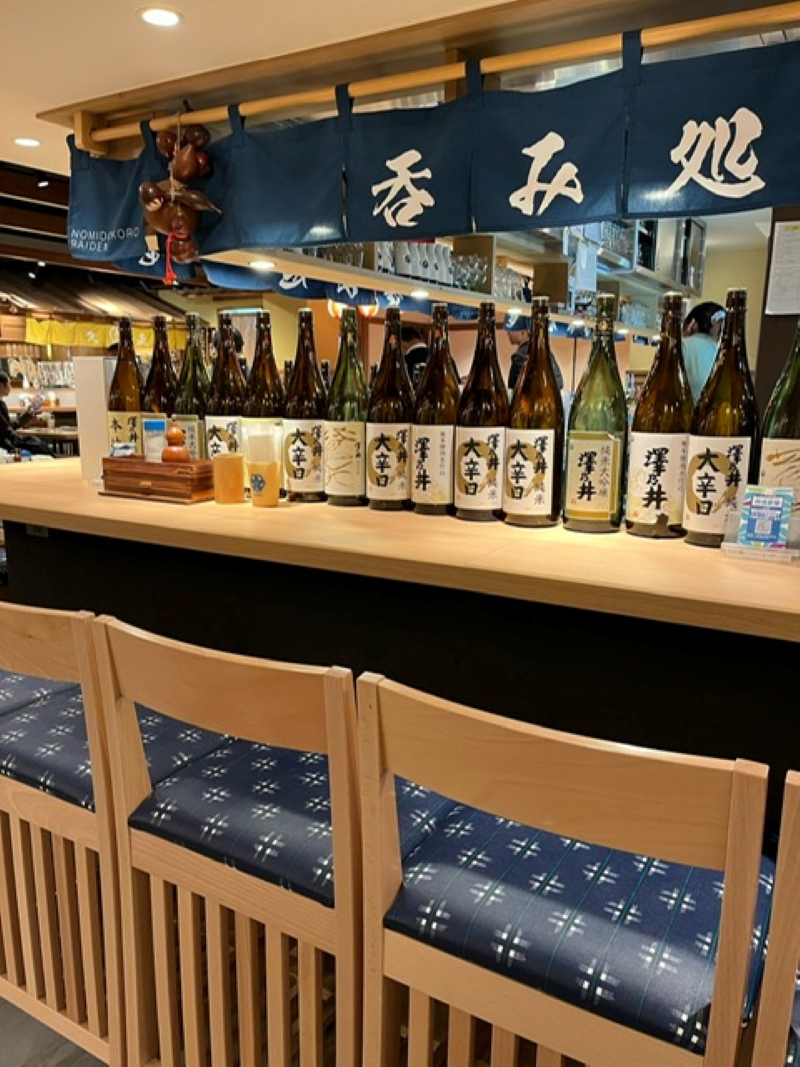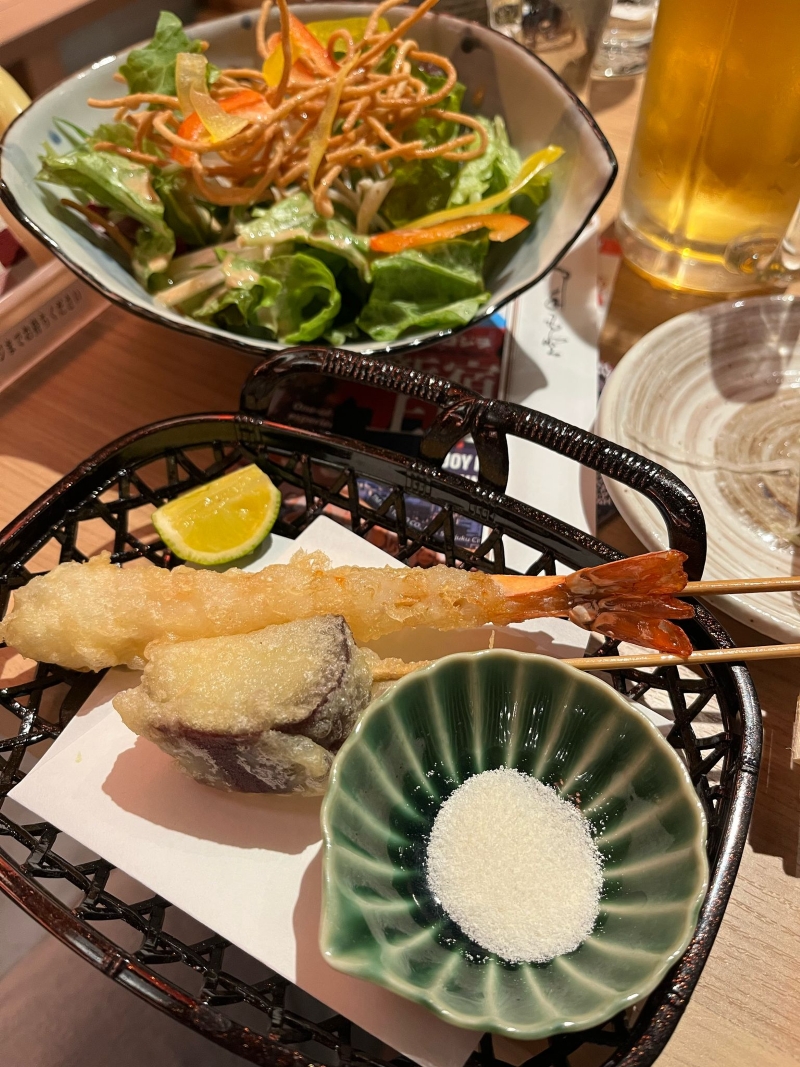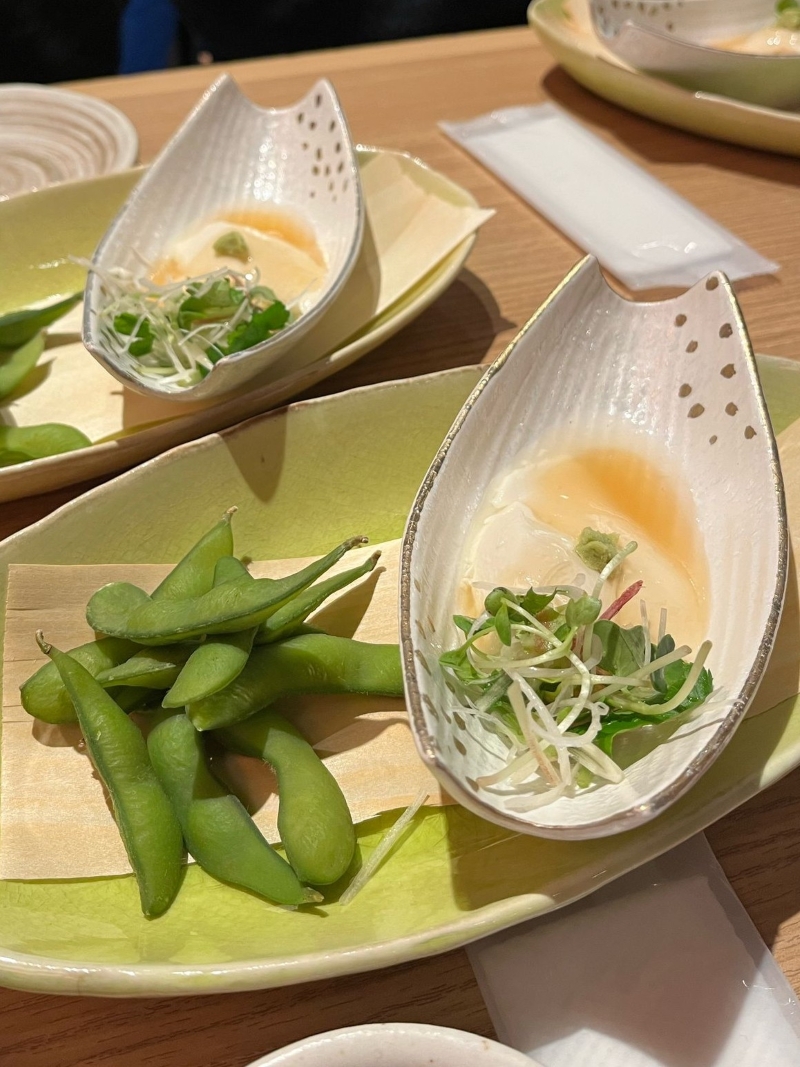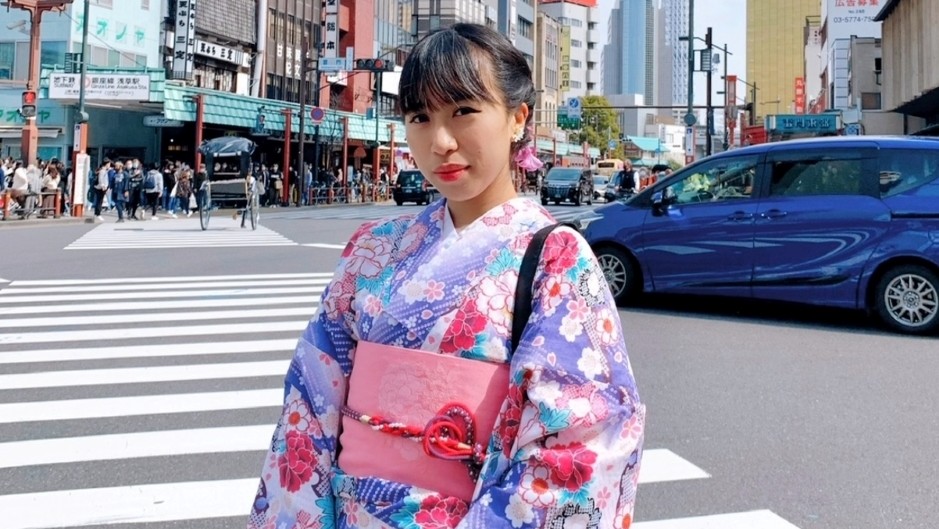■Introduction
Xin chao‼ (Xin chao: "Hello" in Vietnamese) – My name is Ha, and I’m from Hanoi, the capital of Vietnam. I came to Japan 8 years ago to major in economics at the Faculty of Global Studies at Sophia University. After graduating from university, I worked in Japan’s financial industry, and currently, I work for a company specializing in aircraft leasing and asset management. In my free time, I enjoy visiting museums and reading books, but during long weekends, I make detailed plans and go hiking or travel across Japan to experience the country's traditional culture and beautiful nature firsthand. Today, I would like to introduce a unique izakaya I recently discovered in Shinjuku, Tokyo, called "Bon Odori Izakaya."
■What Exactly is "Bon Odori"?
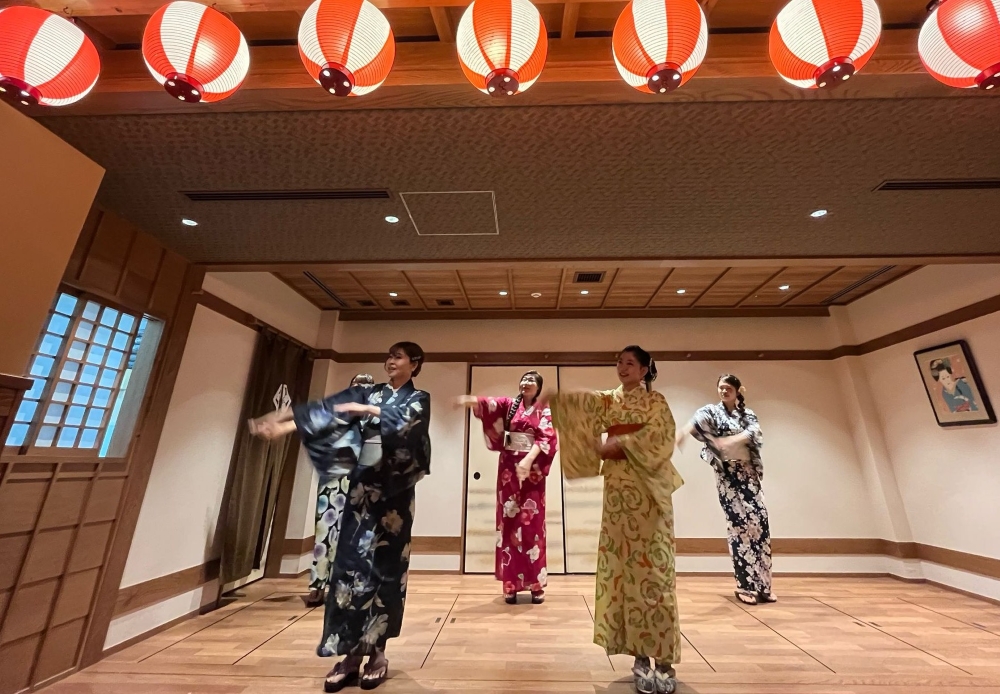
Let me ask: Do you know what "Bon Odori" is? Bon Odori (盆踊り) is a traditional Japanese custom where people dance to honor and show gratitude to the spirits of their ancestors during the Obon festival. In Vietnam, there is a similar festival called "Lễ Vu Lan," based on Buddhist teachings, which takes place around the same time. While in Vietnam, the focus is not only on honoring ancestors but also on expressing gratitude to parents and strengthening family bonds, the fundamental idea of honoring ancestors is similar to Japan's Bon Odori.
However, the Bon Odori Izakaya I am introducing today is not a place to experience this custom in its traditional sense. Instead, it’s a place where you can enjoy traditional Japanese dances, including Bon Odori, as entertainment, while also immersing yourself in Japan’s izakaya culture. What's more, the Bon Odori Izakaya allows you to enjoy Bon Odori year-round, regardless of the season. This means you can experience a summer-like atmosphere even in winter, enjoying delicious food and having fun with friends. Isn't that a unique experience? Next, let me introduce the highlights of the Bon Odori Izakaya.
■Highlights of the Bon Odori Izakaya
Highlight 1: The Open, Spacious Atmosphere
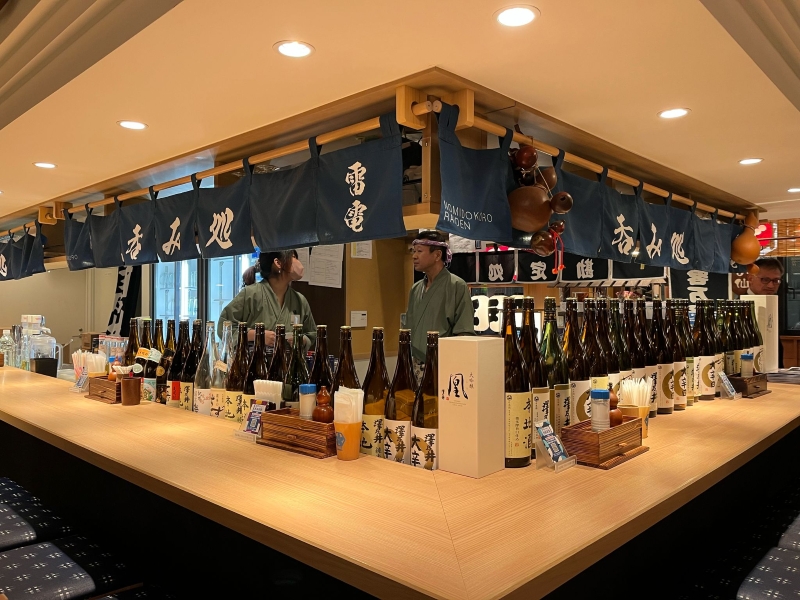
The first thing that catches your eye upon entering the restaurant is its open, spacious atmosphere. In the center of the large dining area, there is a big table seating, and along the counter, which has a festival food stall-like ambiance, there are counter seats as well. This setup allows you to enjoy your meal in a relaxed environment, no matter who you visit with.
Highlight 2: A Variety of Delicious Dishes

Next, I’d like to highlight the wide variety of dishes offered. Classic izakaya items like edamame and tofu, as well as fresh sashimi platters, were all delicious. However, I was particularly surprised when a unique, Edo-period style sushi was served. The sushi had small pieces of castella (sponge cake) placed on top of the vinegared rice. I was intrigued by this interesting combination and ate the sushi without hesitation. To my surprise, the delicate taste of the rice and the subtle sweetness of the castella paired perfectly, and I really enjoyed it.
Highlight 3: Experience Traditional Japanese Dance and Shows

At the Bon Odori Izakaya, professional performers put on Bon Odori dance shows every Wednesday, Thursday, and Friday night. After enjoying your meal, the performers also teach the guests how to dance, so everyone can join in and experience the Bon Odori together in a fun, circle-like dance. Additionally, during the event, the MCs keep the atmosphere lively, speaking in both Japanese and English, so you can enjoy it without any language barriers, which I think is another great feature.
Note: The show’s schedule may change, so be sure to confirm the times when making a reservation!
■What Impressed Me the Most
What impressed me the most this time was how traditional Bon Odori dances were given a modern twist, creating a new genre of Bon Odori. For example, we danced to Western music rhythms like the Village People’s “YMCA” and Bon Jovi’s “Livin’ On A Prayer.” By combining Bon Jovi’s rock music with traditional dances reminiscent of Sakurajima in Kagoshima, an energetic and vibrant dance was created. I think this creative approach will spark interest in Bon Odori across all ages, genders, and nationalities. It’s an initiative that I find very admirable, as it helps ensure that Bon Odori will continue to be loved across generations.
■Conclusion
As we can see, Bon Odori is not just a traditional dance, but a flexible culture that can be enjoyed across generations. Moreover, in places like this, you can not only learn about Japan’s traditions through Bon Odori but also blend them with music and dance from other countries, making it a space for international exchange. I believe the Bon Odori Izakaya, where you can enjoy learning about and experiencing this Japanese cultural tradition while having a meal, is a unique concept that should be highlighted globally. I encourage everyone to visit and experience it for yourselves.
